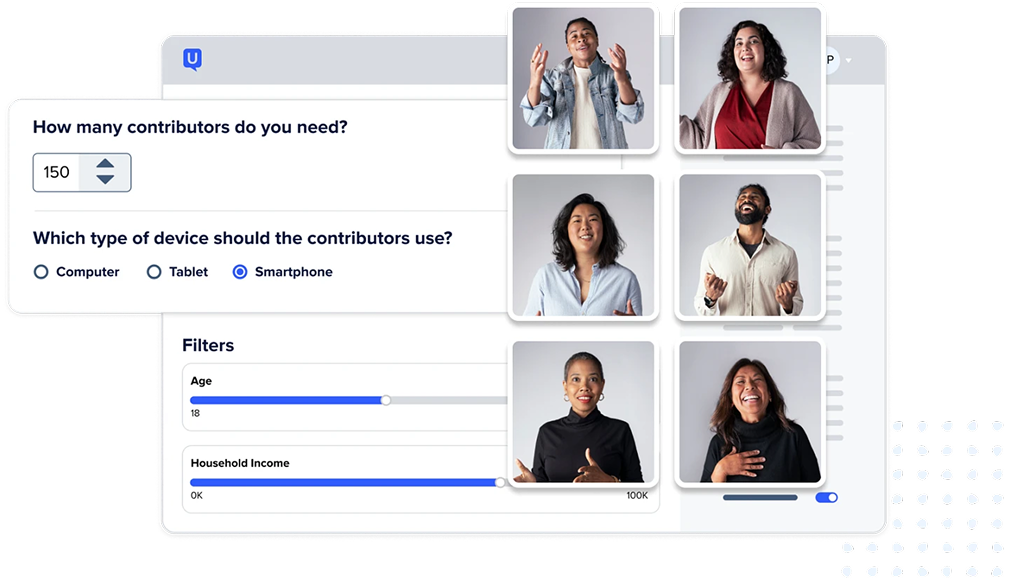

Customers often misunderstand the purpose of cushioning, equating it with warmth rather than understanding its role in comfort, fit, and performance. Our goal was to refine the page to address these misconceptions in a user friendly manner, emphasizing the importance of pairing the right sock with the appropriate shoe style to drive conversions.
As a graphic designer at heart, I particularly enjoyed creating the visuals for this project. When Smartwool lacked certain assets, I grabbed a sock from my drawer to capture and designed them myself—an opportunity to both test aesthetics and showcase creativity in problem-solving. Be sure to check out the prototype interactivity within the activity section; this was one of my favorite aspects of the project!
While this didn't get developed as UX recommended there were still several wins. Upon brand analytics meeting with us, they had asked for continued recommendation around the page as it lives today. Using Content Square, we found users trying to click certain elements which I had predicted and presented, this allowed us to refer back to the presentation shared with the team and built trust between the UX team and brand partners. I do believe due to the overwhelming response in user testing the brand is scheduling photoshoots to capture inside-out imagery of their socks as the product portfolio grows.
Smartwool
Figma
User Testing
High Fidelity Prototyping
Critical Thinking
Germaine Irwin, UX Research
Myself, UX Research & Design
Melissa Kerr, UX Management Lead
UX Research
To start, Germaine conducted competitive research by analyzing how competitive brands, presented similar information. Key findings included:

Usability & Content Testing
We combined competitive analysis insights with general e-commerce best practices from Baymard, focusing on providing users with a clear path to conversion. We then conducted user testing interviews with the help of a dedicated UX Researcher, allowing us to test various content arrangements and gather real-time feedback. By observing participants’ facial expressions and responses, we could identify which aspects of the page were most engaging and where users felt confused or overloaded with information. Based on our findings, we recommended the following approach to redesign the sock cushioning education page:
Enhanced Visual Elements and Infographics: Add detailed visuals, such as infographics that explained the materials used in different cushioning types and how they impacted comfort and performance. For example, showing the infographics of sock cushioning helped users understand the benefits of each cushioning level (zero, targeted, light, full, extra, maximum). These graphics were designed to be engaging and easy to interpret at a glance.
Clear Content Structure With Multiple Paths to Conversion: Focus strictly on cushioning while providing users with multiple shopping paths. For example, users could click through to pre-filtered PLPs by cushion type or activity (hiking, running, skiing, etc.), allowing them to see relevant products instantly. Activity sections explained why specific cushioning levels were ideal for different sports, helping guide users toward the right socks.
Integration of Social Impact Initiatives: Through competitive analysis conducted during the homepage project, we identified an opportunity to highlight Smartwool’s “Second Cut” sock recycling program as a key differentiator. While not directly related to cushioning, this addition reinforced the brand’s commitment to sustainability, aligning with consumer values and competitive strengths.
Conversion-Focused Shopping Experience: Leveraging Nielsen Norman’s heuristic principle of minimizing cognitive overload, the experience focuses on cushioning and activity rather than gender. Streamlining the user journey and reducing multiple CTAs for similar actions encouraged interaction with filters on subsequent PLP pages. This approach not only eased cognitive demands but also built on insights from a previous filter project.
Optional Marketing Spot: For a regular refresh to the page through each season an optional position where the brand can insert marketing content targeting current shopping needs (and boost seasonal SEO) may be incorporated into the page below the prominent cushioning infographics.

UX Reccomendations
To effectively communicate our insights and solutions, Germain and I delivered a comprehensive takeaway presentation to the Smartwool brand team. The presentation highlighted key findings and recommendations, accompanied by interactive high-fidelity prototypes for a hands-on experience. Our conversational approach encouraged in-depth discussions on each point, fostering transparency and addressing stakeholder questions in real-time.
We highlighted further areas for improvement that Smartwool could consider for future enhancements:
This collaborative process has strengthened the relationship between the corporate Digital Technology team and the Smartwool stakeholders, ensuring alignment and buy-in for proposed solutions.

The project to redesign Smartwool’s sock cushioning education page emphasized the importance of clear, visual communication and well-organized content. By refining the educational approach, we helped demystify the complexities of sock cushioning, guiding consumers to make informed purchase decisions that best fit their needs. The improved content structure, visual aids, and seamless navigation paths all contributed to a better user experience, ultimately enhancing Smartwool’s online shopping environment.